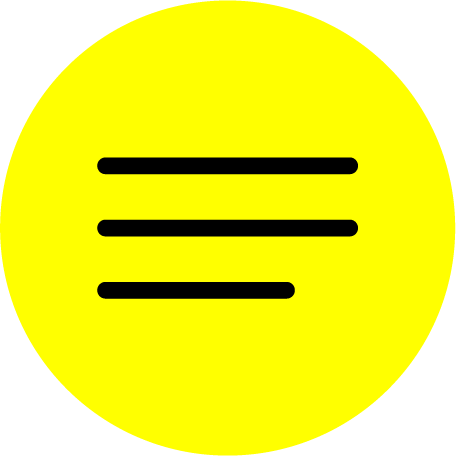COMPUTATONAL THINKING FOR AN INCLUSIVE WORLD: RESOURCE FOR EDUCATORS TO LEARN AND LEAD
What is it?
Technology is becoming more integral across professional fields and within our daily lives, especially since the onset of the pandemic. As such, opportunities to learn computational thinking are important to all students—not only the ones who will eventually study computer science or enter the information technology industry. However, large inequalities continue to exist in access to equipment and learning opportunities needed to build computational thinking skills for students that experience marginalization. This report calls all educators to integrate computational thinking into disciplinary learning across PreK-12 education, while centering inclusivity, to equip students with the skills they need to participate in our increasingly technological world and promote justice for students and society at large.
Technology is becoming more integral across professional fields and within our daily lives, especially since the onset of the pandemic. As such, opportunities to learn computational thinking are important to all students—not only the ones who will eventually study computer science or enter the information technology industry. However, large inequalities continue to exist in access to equipment and learning opportunities needed to build computational thinking skills for students that experience marginalization. This report calls all educators to integrate computational thinking into disciplinary learning across PreK-12 education, while centering inclusivity, to equip students with the skills they need to participate in our increasingly technological world and promote justice for students and society at large.
Who is it for?
Educators.
Educators.
What can it do?
This report issues two calls to action for educators to design inclusive computing learning opportunities for students: (1) integrate computational thinking into disciplinary learning, and (2) build capacity for computational thinking with shared leadership and professional learning. Inspired by the frameworks, strategies, and examples of inclusive computational thinking integration, readers can take away practical implications to reach learners in their contexts.
This report issues two calls to action for educators to design inclusive computing learning opportunities for students: (1) integrate computational thinking into disciplinary learning, and (2) build capacity for computational thinking with shared leadership and professional learning. Inspired by the frameworks, strategies, and examples of inclusive computational thinking integration, readers can take away practical implications to reach learners in their contexts.
See also: Quick Start and Discussion Guide
http://hdl.handle.net/20.500.12265/140
Mills, K., Coenraad, M., Ruiz, P., Burke, Q. & Weisgrau, J. (2021). Computational thinking for an inclusive world: Resource for educators to learn and lead. Retrieved from
http://hdl.handle.net/20.500.12265/138 (accessed 21 April 2022).
Mills, K., Coenraad, M., Ruiz, P., Burke, Q. & Weisgrau, J. (2021). Computational thinking for an inclusive world: Resource for educators to learn and lead, Quick start and discussion guide. Retrieved from http://hdl.handle.net/20.500.12265/140 (accessed 21 April 2022).
